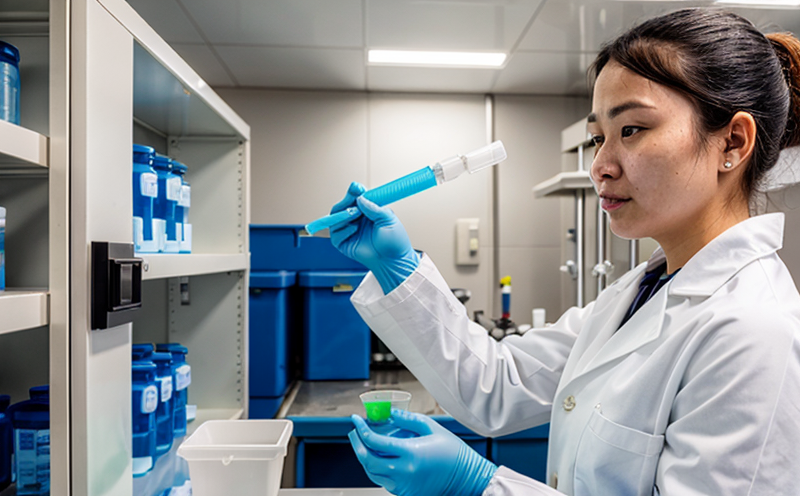USP Bacterial Species Identification Testing
The USP Bacterial Species Identification Testing is a critical analytical method used to identify specific bacterial species within pharmaceutical products, raw materials, and environments. This test ensures that the microbial content of these products meets stringent quality standards as set forth in the United States Pharmacopeia (USP).
In pharmaceutical manufacturing, ensuring the purity and safety of active ingredients is paramount. Bacterial contamination can lead to serious health risks if not properly identified and controlled. USP testing provides a robust framework for identifying bacterial species down to the genus or even species level, depending on the test's sensitivity.
The process involves several steps: sampling, preparation, inoculation, incubation, and finally, identification using microbiological tests like biochemical reactions, genetic sequencing, or other analytical methods. This ensures that any bacteria present are accurately characterized and do not pose a risk to patients or consumers.
Quality managers rely on this testing to maintain compliance with regulatory requirements, ensuring product integrity and safety throughout the supply chain. Compliance officers use these results to ensure ongoing adherence to USP standards. R&D engineers benefit from this test by identifying potential sources of contamination early in the development process. For procurement teams, this service helps verify that purchased materials are free from harmful bacteria.
- Identifies specific bacterial species down to genus or species level
- Ensures compliance with USP guidelines for pharmaceutical products
- Aids in the identification of potential contamination sources early in production
- Guarantees product safety and integrity throughout the supply chain
Applied Standards
The USP Bacterial Species Identification Testing is grounded in international standards such as USP General Chapter <1115> Bacterial Content Testing. This chapter provides the framework for bacterial identification and includes methodologies for detecting, counting, and identifying bacteria present in pharmaceutical products.
For more detailed information on specific tests and methods used within this service, refer to:
- USP General Chapter <1120> Identification Tests
- ISO 8693-1:2014 Microbiology of the Built Environment – Identification of Bacteria
The testing process adheres strictly to these standards, ensuring accurate and reliable results. By following these guidelines, laboratories can provide assurance that their clients are meeting regulatory requirements for microbial quality.
Why Choose This Test
- Precision Identification: Accurately identifies specific bacterial species using advanced microbiological techniques.
- Regulatory Compliance: Ensures that pharmaceutical products meet stringent USP requirements for microbial quality.
- Early Contamination Detection: Identifies potential contamination sources early in the production process, minimizing risk and cost.
- Supply Chain Assurance: Guarantees product safety and integrity throughout the supply chain, enhancing trust with customers.
International Acceptance and Recognition
The USP Bacterial Species Identification Testing is widely recognized across the globe for its reliability and accuracy. This service is accepted by regulatory bodies in various countries, including the United States, Europe, and Asia. Its international acceptance ensures that pharmaceutical companies can export their products confidently, knowing they meet global standards.
Many leading pharmaceutical brands use this testing to ensure product quality and safety, contributing to a higher level of trust among consumers. This service not only meets but exceeds the expectations set by regulatory authorities worldwide.





